Indian Motorcycle made their debut in our country with the Chief range and we spend a day aboard the Chief Classic
As a motorcycle enthusiast, one always gets excited, when a new motorcycle manufacturer enters our market and I was no different. Ever since the news broke out that Indian Motorcycles were planning to land on our shores with the iconic Chief range, I started day dreaming of getting a chance to ride it. Well my opportunity came sooner than I expected but more on it later. Not many motorcycle enthusiasts will be familiar with the brand Indian Motorcycles and most of those who do will know it because of the movie “The Fastest Indian”. No doubt the movie inspired by Burt Munro was a breathtaking one, still, limiting the Indian brand just to the movie will be sacrilege as the company boasts of a rich history and legacy that is beyond the movie. Let’s wind the clock back to more than a century, to 1901; when Indian Motorcycles became the first American motorcycle manufacturer.
Initially the company was christened Hendee Manufacturing Company but it was renamed the Indian Motocycle Manufacturing Company in 1928. In 1910’s the Indians were among the fastest motorcycles of that era and also set various land speed records in USA and UK. In fact, at the 1911 Isle of Man Tourist Trophy, riders on Indian finished in the top-three places and it was the largest two-wheeler manufacturer in the world in 1920’s. The Chief, the latest iteration which we rode was introduced in 1922 with a 1,000cc Powerplus engine and the trademark skirted fenders made their debut in 1940. The production of the bike seized in 1953, when the company went bankrupt as it never recovered post World War II. A number of organisations tried to resurrect the Indian brand with little success over the years until 2011, when Polaris Industries acquired it. Polaris designed and engineered the new Chief range from ground up in just 27 months!
The new range of Chiefs was launched in August 2013 and it was the first authentic Indian to roll off the production line in 60 years. History lessons over and lets comeback to a chilly and gloomy morning of Delhi as I land to ride the Indian Chief Classic. Though, the showroom was pretty long but it felt as if I was stuck in the cab for hours and couldn’t wait to get my hands on the bike. The first though that went through my mind was that the bike is huge and has lots of presence, though I had seen the pictures of the motorcycle at its international launch, I hadn’t gauged the proportions of the bike correctly. The most striking feature of the Chief is its skirted and curvy fenders, which add so much character to the bikes overall silhouette and makes the bike feel more bulky than it really is.
The charm of the Classic lies in its retro-detailing like white-walled tyres, leather strip on the fuel tank with embossed Indian badge, 40-spoke chrome wheels, straight-twin chrome pipes, sculpted leather seats and the trademark Red Indian logo on the front fender, which glows to make it more look even cooler. Other impressive elements on the bike include the oval shaped headlamps, sweeping handlebars, monstrous front forks and that tear-drop fuel tank design with the gorgeous Indian script. Being a big American cruiser, a dollop of chrome on the bike is not a luxury but a necessity and the Chief Classic has ample of it.
The new Thunderstroke Engine is a work of art in its own sense with those mushroom cylinder outlines and multi-directional cooling fins along with the beautiful Indian Motorcycle logo carved on them and various badges. The instrument cluster is tank mounted and there are two separate dials for speed and fuel along with a power button.There is a small LCD screen housed inside the main dial, which shows information like range, engine temperature and also acts as a tachometer and gear indicator. The whole switchgear has been draped in chrome and the quality of switches is top notch. The overall design of the bike is visually appealing and the designers have to be lauded for retaining the design ethos of the original Indian Chief but with a dash of modernity.
The boofins at Polaris could have taken the shortcut by fiddling with the engine of the Victory and plonking it in the new Chief range. But instead of that, they went the whole hog and built an all-new engine and thus the Thunder Stroke 111 powerplant came to life, which is the first new Indian Motrcycle engine in 70 years. The 1,811cc, fuel-injected, V-twin engine pushes out 139Nm of peak torque at just 2,500rpm and is mated to a six-speed transmission. It was time to ride the bike but there was a hitch as it had started raining heavily (rain in January, seriously?) and it seemed that my ride was all but over. Luckily though, my prayers were answered and it mellowed down to a drizzle and that meant I can finally ride an Indian, a desire, which I had harboured for long. I plonked myself on the thickly padded leather saddle and I felt completely at home with the comfortable ergonomics of the Classic.
The seats are just 26 inches from the ground, which makes the riding position lower towards the ground, while the tank and handle bars feel as if they are inclining towards you and your legs are stretched forward and relaxed on the floorboards. The Indian Chief range comes equipped with keyless-start, which means you have to keep the key fob in your pocket, press the power button on the tank and then thumb the starter to bring the V-twin engine to life with a mild and bassy exhaust note which is vastly different from that of Harley-Davidson’s. The clutch pull is reasonable but a little on the heavier side, while gear shifts are little hard. The throttle is ride-by-wire but when you twist open it there is hardly any difference in terms of throttle feel as the bike surges ahead with a gentle push. The engine is one of the highlights of the Classic and is impressively smooth and refined for an American V-twin.
The torque is the star of the show in the Classic and the bike just pulls seamlessly at any gear or any speed one is riding on. I rode the bike at 50km/h in sixth gear and did a roll on and was amazed by the way the bike pulled at such low revvs. The Thunder Stroke mill employs oil-cooler for cooling purpose, but we weren’t able to test how well the engine dissipates heat as the ambient temperature was around 12 °C. Vibration kicks in at the upper-end of the power band but is negligible. The frame employed on the Classic is among the stiffest in its segment and is a unique modular design incorporating aluminum castings, forgings and steel elements (the rear fender is even used as a structural member).
The Classic tips the scale at 359kg and all this weight is felt while low speed handling and parking the bike and it can feel cumbersome. But once you are up in running speeds, the bulk seems to disappear and it’s more fun to ride as it takes sweeping corners with relative ease. Having said that, it struggles in tight corners but that is reasonable as the bike was designed to conquer the arrow straight highways in America with sweeping bends. For this purpose, the bike comes equipped with cruise control to make the highways rides even more comfortable.The ride quality is supple and this can be credited to the telescopic front shock and preload adjustable ones at the rear also bike has ample ground clearance and we never scrapped the bike while going over speed bumps or potholes. Braking is done via dual-discs at front and single disc at rear and provides great feedback and bite. The Classic also comes equipped with ABS, which is a boon while stopping the behemoth.
The Indian Chief Classic has been priced at Rs 26.5 lakh (ex-showroom Delhi) and at this price it isn’t a cheap proposition. Apart from the price, the major hindrance that will be faced by Polaris in our market is brand awareness as not many people recognise the Indian brand and they will have to work hard on this front. But as a product the Classic has beautiful styling, a gem of an engine and premium build quality, the fundamentals which buyers in the niche segment are looking out for. Also consumers in this spectrum will now have a capable option other than the Harley-Davidson and the Classic has an old-school charm with a touch of modernity in its equipment levels. A smart combination indeed!
SLIDESHOW:


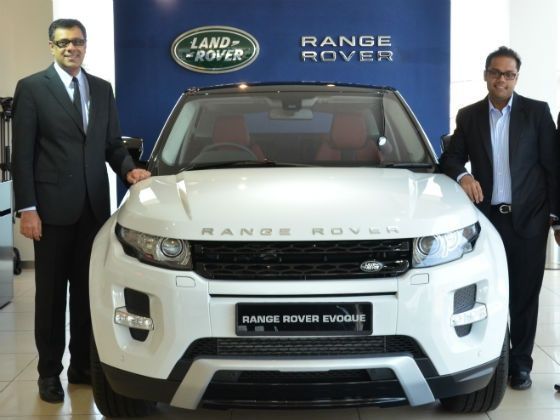
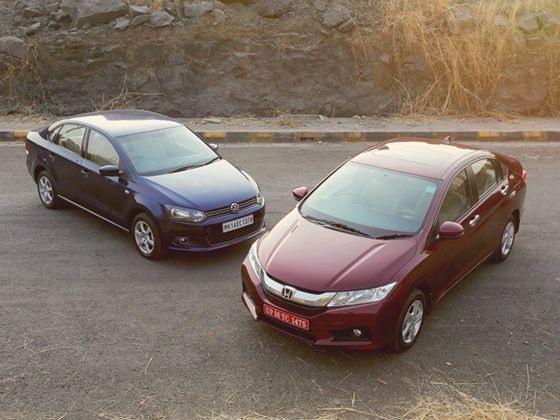


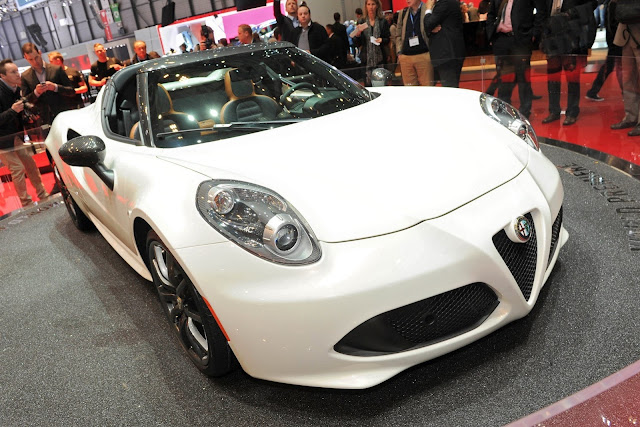
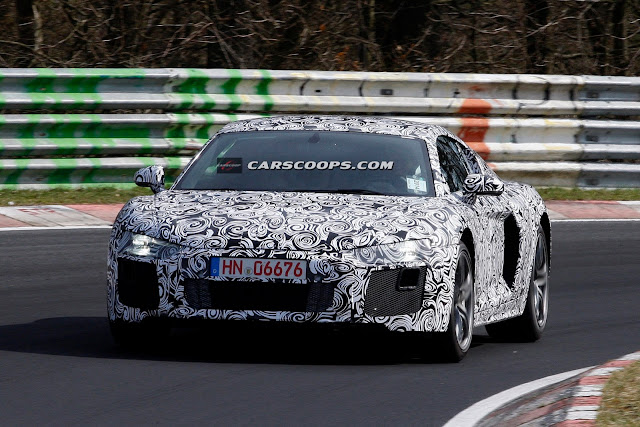

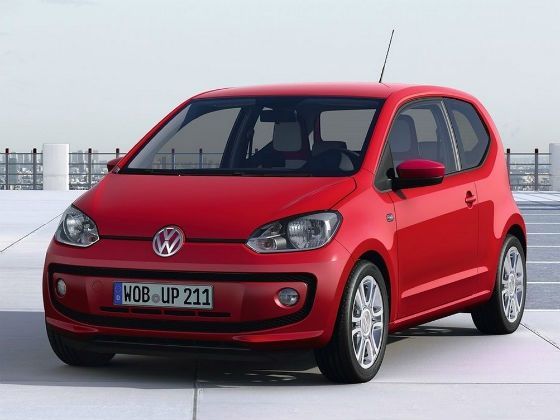

0 comments: